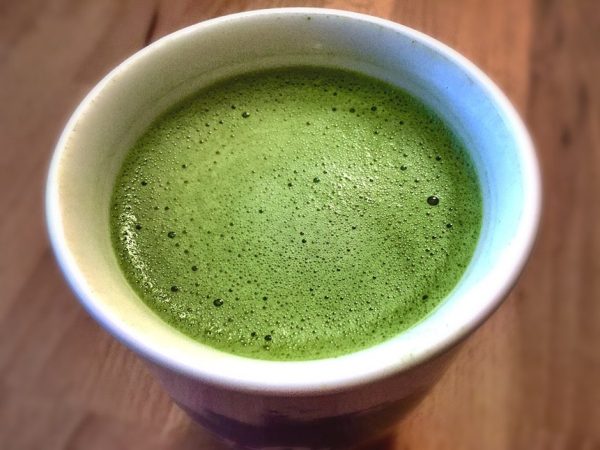
Know more about Matcha Green Tea
Recently, a bright green powder namely Matcha is gaining lot of attention in Western countries due to its flavor, color and rediscovered health benefits. Unlike traditional green tea or regular black tea, researchers claim that Matcha delivers more nutrients for the consumer. Matcha comes from the same species of the plant as green leaf teas. The difference is – it contains more green chlorophyll production. The enhanced production of chlorophyll gives richer green color to Matcha tea.
Matcha means “powdered tea”. Matcha (or maccha) is a finely ground, bright emerald-green tea powder. Matcha has always been a part of Japanese tea ceremony that has a history of more than 900 years. The Buddhist monks honored matcha tea as the ‘health elixir’ because of its health benefits including enhancing the metabolism.
Matcha originally refers to a green tea, the leaves of which are grown under shade known as Tencha. The tea bushes are sheltered to avoid the exposure of direct sunlight, which reduces the pace of photosynthesis and slows down the growth of the plants. This provides the leaves with a darker shade of green and stimulates the production of rich chlorophyll and amino acids. These dark green leaves are then delicately handpicked and laid flat to dry. After drying leaves are de-veined, de-stemmed and finely ground into a powder which is then called “tencha.” This high-grade tencha has an intense sweetness and round richness that is unparalleled. Tencha is the only tea that qualifies to be a true matcha in Japan. However, because of the high cost involved in the production of tencha, in western countries many tea suppliers are selling another tea namely ‘sencha’ under the name of brand matcha. Sencha has more strong flavor and tannin content. Quality wise matcha is far better than sencha.
Real Matcha should have two qualities:
1) Bright green color
2) Creamy taste
Preparation:
To make a cup of matcha tea add hot, but not boiling water (temperature between 155 to 175 F). Traditional preparation requires a bamboo whisk to create creamy froth. It can be consumed as smoothie, ice tea, with almond, soy or rice milk. Cow milk can be also used but it seems to bind to catechins of the tea and seems to reduce the health benefit of match tea.
Researchers claim the following benefits of matcha tea for its consumers:
- One of the branded tea company research findings say that matcha contains 137 times as of an antioxidant called epigallocatechin gallate or EGCG (Rishi Tea co., Ecotrend Ecologics Ltd, Starbucks Corp.). According to president of consumerlab.com Tod Cooperman EGCG content is about two to three times more in matcha than regular green teas (WSJ, December 15th, 2015).
- The preparation of matcha traditionally involves meditation by Bhuddhist monks and is known as Zen. Sipping this meditated tea helps people to slow down in a good way – it reduces stress hormone levels which is nothing but cortisol that is also responsible for belly fat !
- Matcha also believed to reduce stomach inflammation.
- It curbs impulsive eating disorder.
- Known to lower the blood pressure
- As per Buddhist monks it boosts self -esteem and compassion.
- It is very rich in antioxidants it believed to reduce cell damages. Thus, it has anti-aging properties !
- Regulates metabolism and helps in weight control.
- It contains more amount of amino acid theanine which gives a lush, umami flavor and helps to reduces the tension and relaxed mind.
References:
- http://www.formaggiokitchen.com/
Wall street journal, December 15 2015 - https://www.groundgreentea.com
- http://www.healwithfood.org/
Author: Sumana Rao | Posted on: December 21, 2015
« Holy Tulsi Plant and its Medical Power This Year Vegetables are taking Preferences In our Plate »






















Write a comment